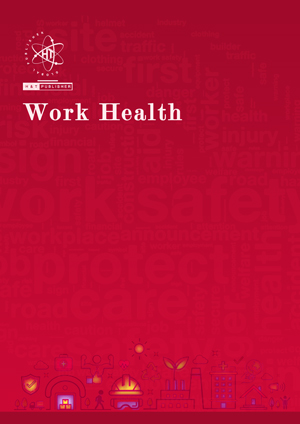


Introduction: Ergonomics as an efficient approach helps people to ensure the health of the workforce. Investigates the relationship between ergonomics and human resource management The research design in this research is descriptive-correlation.
Methods: The research design in this research is descriptive-correlation. In terms of research purpose, it is divided into applied, fundamental and developmental types. Applied research is research that seeks to find solutions to the statistical community. Developmental research seeks to add researcher knowledge and fundamental research seeks to expand theories in a scientific discipline. Due to the infinity of the statistical population, sampling was not performed. The volume of statistical sample according to the contents and according to the opinions of the supervisor to achieve reliable results, 310 questionnaires were distributed and 220 questionnaires were completed and collected. Sampling method is also available as sampling. In this study, to examine the relationships between the components of the model, the correlation coefficient with respect to the normality and abnormality of the data has been used. The statistical assumption is addressed by SPSS 16.
Results: The average management commitment of ergonomic indicators of employee well-being is 29.93, employee participation is 32.04, occupational risk analysis is 35.90 and training is 32.53. According to the structural equations, the amount of path coefficient between management commitment and organizational performance, which is rejected at the significance level of 0.05 null hypothesis, and considering the positive value of path coefficient shows a positive effect.